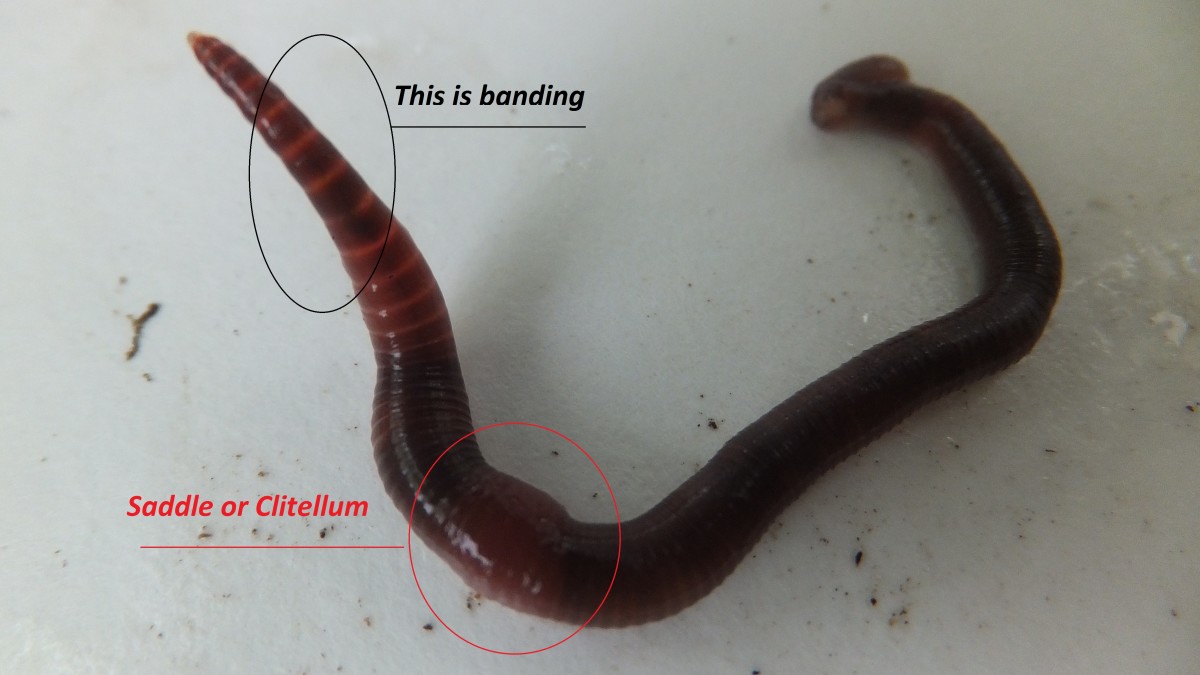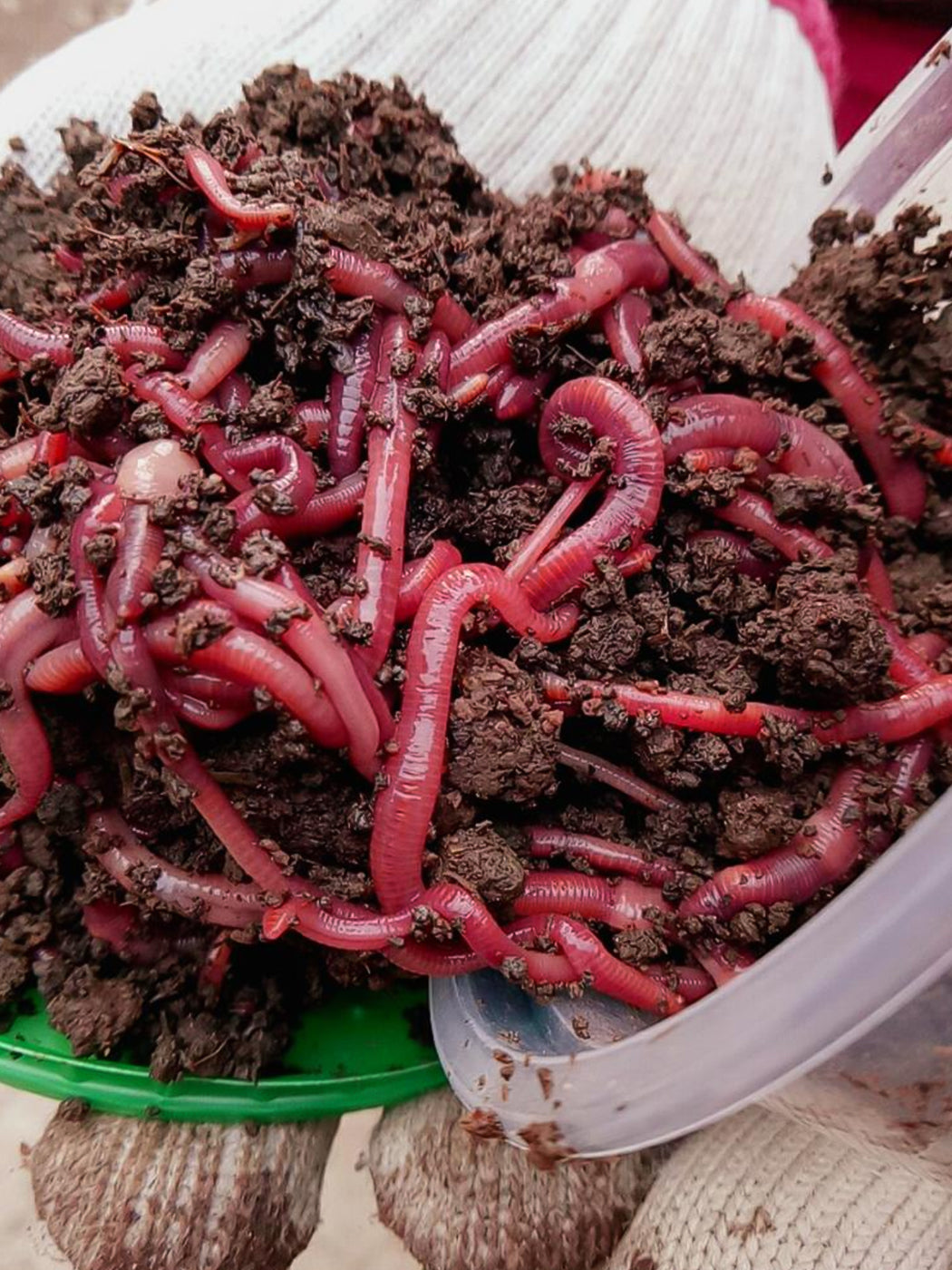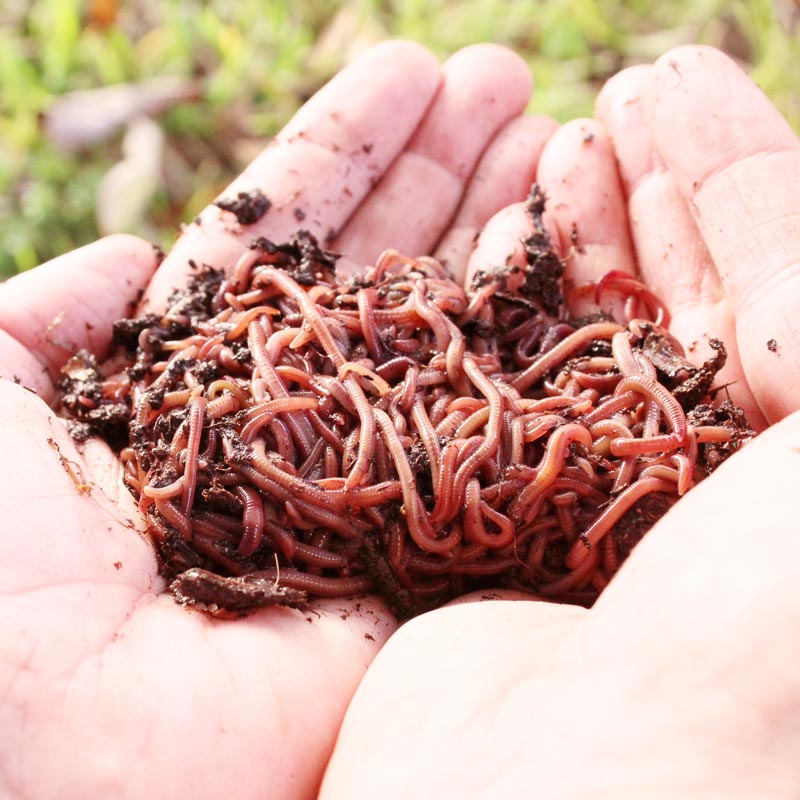Achieve a Vibrant Lawn Using Lake Hickory Bait Lawn Care Resources
Achieve a Vibrant Lawn Using Lake Hickory Bait Lawn Care Resources
Blog Article
Red Wigglers: The Unsung Heroes of Organic Waste Recycling
Red wigglers, or Eisenia fetida, function as essential representatives in the organic waste reusing process, transforming discarded products right into important vermicompost. Their reliable breakdown of raw material not only boosts soil top quality but additionally adds to sustainable waste monitoring techniques. As the world significantly looks for remedies to battle waste accumulation and improve agricultural productivity, comprehending the duty of these worms comes to be important. What mechanisms enable them to prosper in garden compost atmospheres, and exactly how can they be effectively used in both domestic and industrial setups? Checking out these concerns exposes the more comprehensive ramifications of vermicomposting in our environmental landscape.
What Are Red Wigglers?
The remarkable resilience of red wigglers, medically called Eisenia fetida, highlights their critical function in natural waste recycling. These little, reddish-brown earthworms are generally discovered in decomposing natural issue, such as compost heap and manure lots. Lake Hickory Bait. Unlike various other earthworm species, red wigglers prosper in nutrient-rich environments and are extremely efficient at breaking down natural materials, making them crucial for vermicomposting

(Red Wiggler Express)Along with their function in waste decrease, red wigglers add to dirt health and wellness by improving soil structure and aeration with their tunneling activities (Lake Hickory Bait). Their existence in composting systems not just boosts disintegration rates but likewise promotes a lasting method to throw away monitoring, illustrating their relevance in eco-friendly conservation initiatives
Advantages of Composting With Worms
Composting with worms, especially red wigglers, uses numerous advantages that improve both waste management and soil health and wellness. These worms efficiently break down natural waste, converting it into nutrient-rich vermicompost that enriches soil. This process increases disintegration, enabling a faster recycling of kitchen scraps and other organic products contrasted to traditional composting techniques.
Additionally, the vermicompost produced by red wigglers is bristling with useful bacteria, which help boost soil framework, oygenation, and dampness retention. This enhances the overall wellness of plants, advertising vigorous development and raised returns in gardens and agricultural settings. The usage of worms in composting decreases the manufacturing of greenhouse gases, such as methane, contributing to a more lasting waste monitoring system.

How to Beginning Vermicomposting
Developing a vermicomposting system is a straightforward process that can generate substantial benefits for both waste management and dirt enrichment. To start, choose an appropriate container, such as a plastic bin or wood box, with ample air flow openings to ensure appropriate air flow. The measurements must ideally be about 2 feet by 3 feet, enabling enough room for the worms to thrive.
Next, prepare bed linen product, which can be composed of shredded newspaper, cardboard, or coconut coir. This bedding needs to be dampened to produce anchor an ideal environment for the worms. When the bed linen remains in location, present red wigglers (Eisenia fetida) into the container, typically around one pound of worms for every square foot of surface.
Adhering to the placement of worms, add organic waste, such as fruit and vegetable scraps, coffee grounds, and crushed eggshells. Avoid adding milk, meat, or oils, as these can create odors and draw in insects. Place the bin in a shaded, temperature-controlled location to preserve optimal problems for worm activity. With these actions, you will successfully initiate a vermicomposting system that adds to lasting waste administration and enhances your soil.
Maintaining a Healthy Worm Bin
(Red Wiggler Express)Maintaining a worm container flourishing needs normal attention and treatment to ensure the wellness of the red wigglers and the efficiency of the composting procedure. Appropriate maintenance starts with keeping an eye on the wetness degrees; the bin must be damp however not waterlogged. A good general rule is to maintain a consistency comparable to a wrung-out sponge.
Oygenation is crucial. Gently blending the bed linen and food scraps every couple of weeks avoids compaction and makes sure that all worms have access to oxygen. In addition, it is necessary to feed the worms properly. A well balanced diet plan of vegetables and fruit scraps, coffee grounds, and smashed eggshells need to be used in small amounts to stay clear of overfeeding, which can lead to smells and parasites.
Temperature level guideline is another important element. Red wigglers flourish in a variety of 55 to 77 levels Fahrenheit. If the container comes to be also hot or chilly, the worms might end up being stressed out - Lake Hickory Bait. Regularly inspect for indicators of health, such as worm populace growth and the existence of healthy and balanced spreadings. By carefully taking care of these aspects, one can maintain a durable and efficient worm container.
Influence On Sustainable Living
The successful upkeep of a worm container not just benefits the wellness of red wigglers however also contributes dramatically to sustainable living methods. By recycling organic waste, such as kitchen area scraps and lawn debris, red wigglers help divert significant quantities of material from garbage dumps. This reduction in waste not just lowers greenhouse gas exhausts however likewise lessens the environmental worry related to waste monitoring.
Furthermore, the castings produced by red wigglers offer as a nutrient-rich natural fertilizer, enhancing soil wellness and promoting plant development. This all-natural choice to chemical plant foods sustains lasting farming and horticulture methods, lowering dependence on artificial inputs that can harm ecosystems. In addition, worm composting promotes understanding of waste administration, urging people and communities to adopt more sustainable habits.

Verdict
In recap, red wigglers serve as important factors to natural waste reusing with their reliable decomposition of natural products. Their capability to generate nutrient-rich vermicompost improves dirt health and wellness and sustains sustainable farming methods. By incorporating vermicomposting right into waste administration techniques, individuals and areas can significantly lower waste while promoting environmental sustainability. The function of Eisenia fetida in promoting healthy and balanced ecosystems highlights the significance of these microorganisms in attaining sustainable living and improving dirt fertility.
Report this page